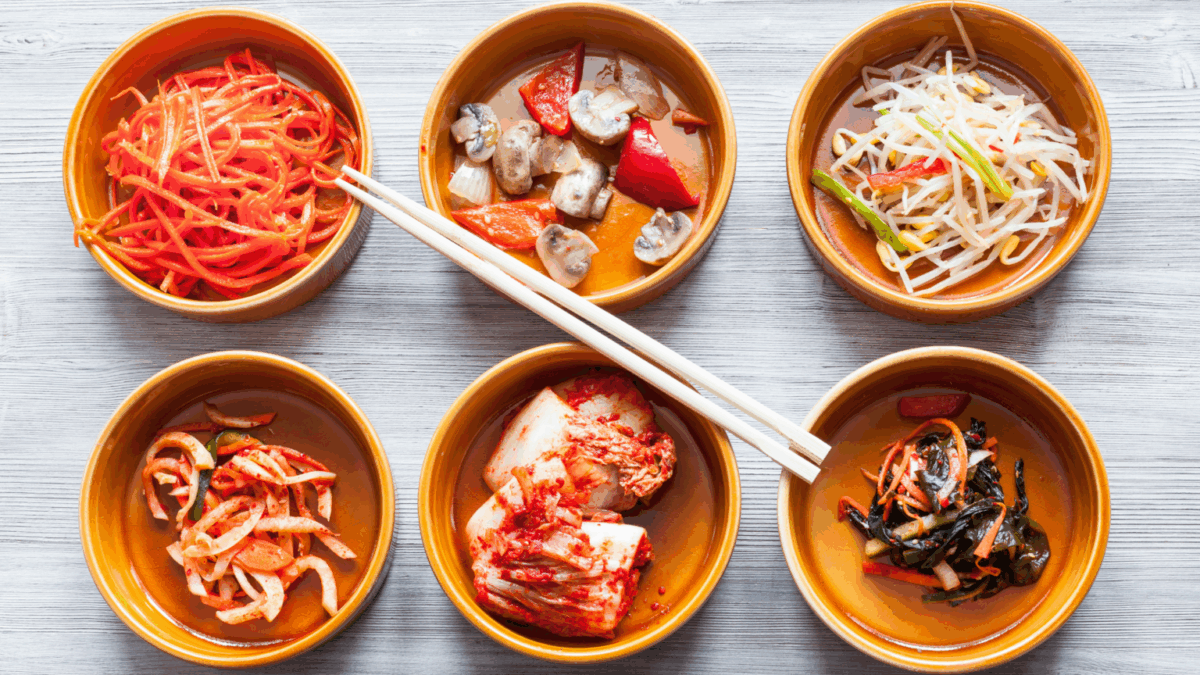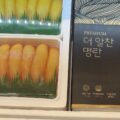Famous Korean Food in Oxford Dictionary

The Global Rise of Korean Culture and Famous Korean Foods Entering the Oxford Dictionary
Korean culture is taking over the world. What started with K-pop and famous artists like Super Junior, Blackpink, and later BTS has now sparked a full-blown K-wave. Korean skincare is seen as some of the best available, Korean movies like Parasite gain popularity every year, and Korean dramas such as Squid Game dominate Netflix.
This growing popularity is also visible in language: more and more people know what kimchi is or what you eat and drink when going out for Chimaek (fried chicken and beer). This rapid rise is confirmed by the addition of 26 Korean words in the Oxford English Dictionary in October 2021. Let’s explore the famous Korean foods that made it into this prestigious dictionary.
History of Korean Words in the Oxford Dictionary
The Oxford English Dictionary (OED) is the historical reference for the English language. It is regularly updated to reflect popular culture. The addition of 26 Korean words this year shows how mainstream Korean culture has become.
The first Korean-related word was “Korean” added in 1933. Later, words related to traditional Korean culture like taekwondo, won, yangban, and Hangul were added. Modern Korean culture entered the OED in 1999 with K-pop after the global success of Korean pop music.
The 2021 edition added mostly food- and pop culture-related words, and some older entries were revised.
Famous Korean Foods in the Oxford Dictionary
Currently, there are 9 famous Korean foods in the dictionary, including 8 new additions:
¤ Banchan (반찬)
Small side dishes served with every Korean meal: various kimchis, marinated vegetables, small pancakes, marinated fish, or yellow radishes. Usually free in Korean restaurants, often 10 or more varieties are served.
¤ Bulgogi (불고기)
Thinly sliced marinated beef or pork grilled with a sweet and savory sauce often containing Korean pear and soy sauce. Eaten with rice or wrapped in perilla or lettuce leaves. Also enjoyed in hotpots.
¤ Chimaek (치맥)
Not a food but a popular combination of fried chicken (chicken) and beer (maekju). A favorite evening meal in Korea, served in many restaurants or delivered for picnics by the Han River.
¤ Dongchimi (동치미)
A watery, lightly fermented kimchi made with radish, napa cabbage, scallions, pickled green chili, ginger, and Korean pear. Often eaten with rice cakes or steamed sweet potatoes.
¤ Galbi (갈비)
Beef short ribs marinated in soy sauce, garlic, and sugar, grilled often on charcoal with the bone in. A favorite barbecue dish.
¤ Japchae (잡채)
Stir-fried glass noodles made from sweet potato starch with vegetables, seasoned with soy sauce and sesame oil. Served during holidays and celebrations, delicious hot or cold.
¤ Kimbap (김밥)
Seaweed-wrapped rice rolls filled with carrots, spinach, egg, ham, and more, sliced into bite-sized pieces. Popular hiking food, often eaten with tteokbokki and soondae.
¤ Kimchi (김치)
The iconic Korean fermented spicy cabbage or other vegetables, seasoned with chili powder, garlic, ginger, and salted seafood, eaten at every meal.
¤ Samgyeopsal (삼겹살)
Grilled pork belly, usually cooked at the table, crispy and eaten wrapped in lettuce or perilla leaves with rice.
Other Popular Korean Words in the Oxford Dictionary
¤ Aegyo (애교): Cute, charming behavior.
¤ Daebak (대박): Expression meaning “amazing” or “awesome.”
¤ Gisaeng (기생): Historical female entertainers at royal courts.
¤ Hallyu (한류): The Korean Wave.
¤ Hanbok (한복): Traditional Korean clothing.
¤ Hangul (한글): Korean alphabet created in 1433.
¤ Juche: North Korean political ideology.
¤ K-Drama, K-Pop, K-Beauty: Modern Korean culture.
¤ Konglish: Korean-English hybrid language.
¤ Mukbang (먹방): Live eating broadcasts.
¤ Oppa, Noona, Unni: Terms for older siblings or friends.
¤ PC Bang: Internet cafes for gaming.
¤ Taekwondo, Tang Soo Do: Korean martial arts.
¤ Trot: A genre of Korean music.
¤ Won (원): Korean currency.
¤ Yangban: Historical ruling class.



